Conventional day-light therapy, which conveys the light through the eyes, can also affect the production of melatonin in the body. Transcranial daylight, which is directly delivered to the photosensitive regions in the brain via the ear canal takes a different approach. As shown in a study conducted by H. Jurvelin et al in 2012 at the University of Oulu and also published in the Chronobiology International, there are also other ways of conveyance which allow taking advantage of the effect of light (1). Two more studies by independent third parties (2) have evidenced that the startling effect produced by light is not only due to the interaction with the darkness hormone melatonin. The subjects of these studies exhibited reduced fatigue and increased alertness, even during the day, when the melatonin secretion is naturally suppressed.
Today, the University of Oulu is engaged in several studies on the physical and physiological effect mechanisms of transcranial daylight. Clinical effectiveness, patient safety, and negligible side effects are crucial. The EU approval for medical devices granted to the Valkee 2 is based on these successful clinical trials and the clinical assessment of a third party.
The study published by Bromundt et al (3), however, did not assess the clinical efficacy of light equipment for the medical purpose for which they are actually approved. Instead, the study was based on a single 12-minute exposure of light during the night, wherein the melatonin concentration in saliva, drowsiness, and psychomotor alertness were measured. Three groups of subjects were either exposed to the light of a traditional daylight lamp, the light of a transcranial daylight device or no light (i.e. control group) for 12 minutes. The only significant result was that the level of melatonin in saliva in the group with traditional daylight lamp had decreased. However, there are no statistically significant differences between the three groups related to drowsiness or psychomotor alertness. Unfortunately, the symptoms of seasonal depression were not measured, although it would have been helpful in terms of the actual clinical application.
1) Jurvelin H., Transcranial bright light exposure via ear canals does not suppress nocturnal melatonin in healthy adults - a single-blind, sham-controlled, crossover trial; Chronobiol Int. 2014 Aug;31(7):855-60. Epub 2014 May 14.
2) Vandewalle G. et al, Daytime light exposure dynamically enhances brain responses; Curr Biol. 2006 Aug 22;16(16):1616-21. And: Wavelength-dependent modulation of brain responses to a working memory task by daytime light exposure; Cereb Cortex. 2007 Dec;17(12):2788-95. Epub 2007 Apr 2.
3) Bromundt V. et al, Extraocular light via the ear canal does not acutely affect human circadian physiology, alertness and psychomotor vigilance performance; Chronobiol. Int. 2014 Apr;31(3):343-8. Epub 2013 Nov 13.
Wellnessproducts > Light therapy > Valkee research
Melatonin reduction is not the goal of transcranial daylight therapyTo the contrary of what was specified in the research report by Bromundt et al in the specialist journal Chronobiology International, the transcranial ear canal light therapy with the Valkee does not target the 'sleep hormone' melatonin.
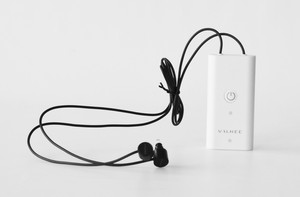 Published on 17.09. by Thomas Toernell 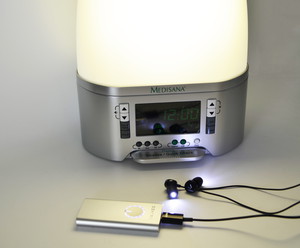 Means and methods of compensating for the darkness in winter Means and methods of compensating for the darkness in winterThe problem of shorter days and longer nights in winter is no longer a mere personal problem some small number of people experience. Lack of daylight during the dark winter months has been shown to lead to certain symptoms of winter depression, which in turn affect work performance. Municipalities in the northern hemisphere have now also begun striving for solutions on how to address the lack of sunlight. 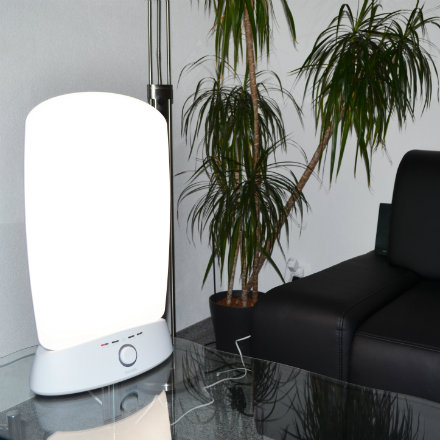 Light therapy Light therapyDo rainy days or the dark winter months leave you feeling a bit gloomy? Try using a light therapy machine to add some natural light to your life - revitalizing and reenergizing your mood. |
- FREE DELIVERY (ECONOMY)
- Safe shopping: Payment with invoice, credit card, Paypal or Postfinance
- Warehouse in Switzerland (Widnau SG)


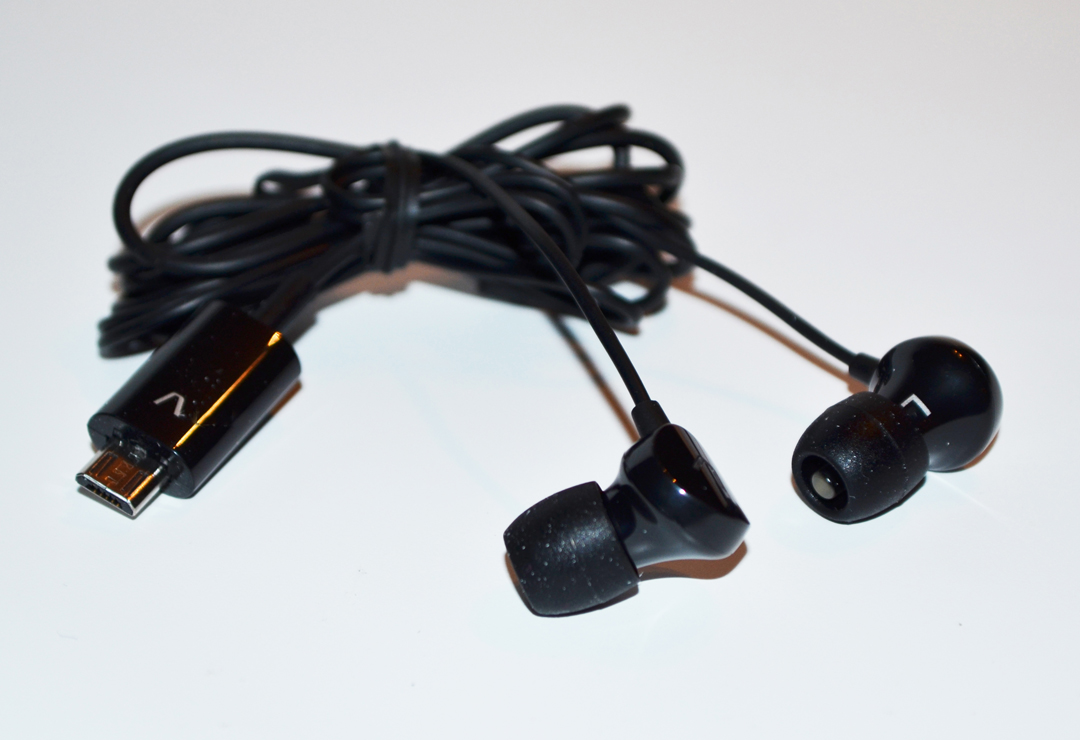 Extra Headset for Valkee2, CHF 59.00
Extra Headset for Valkee2, CHF 59.00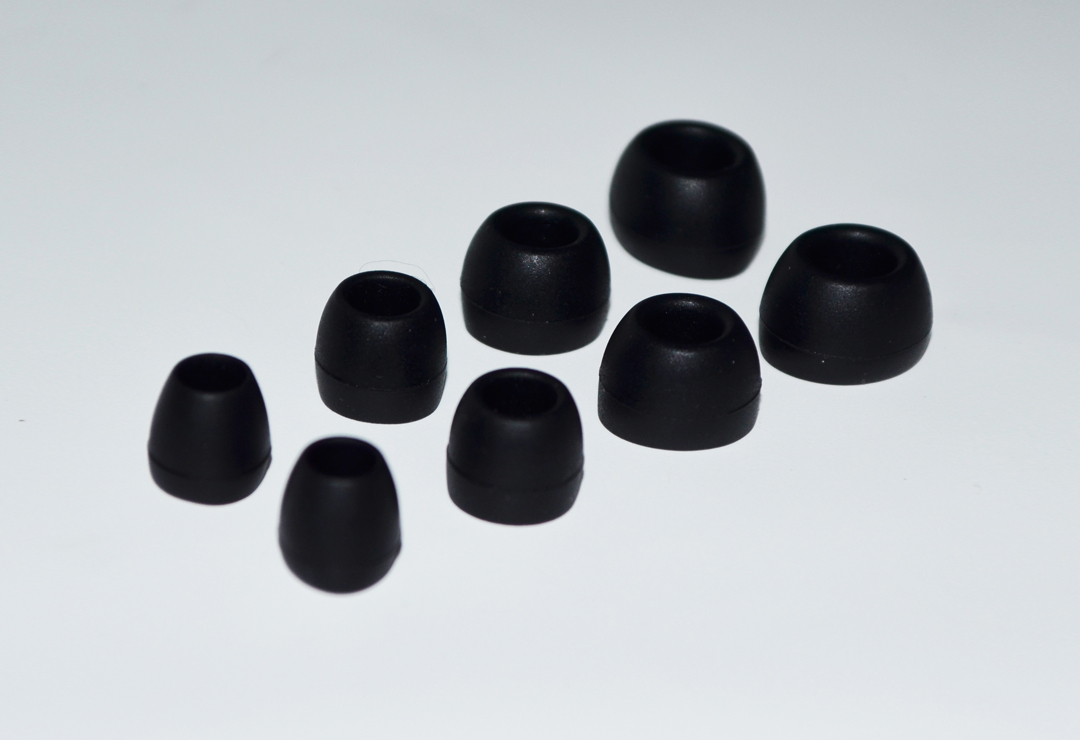 Valkee2 silicon ear plugs, CHF 14.00
Valkee2 silicon ear plugs, CHF 14.00